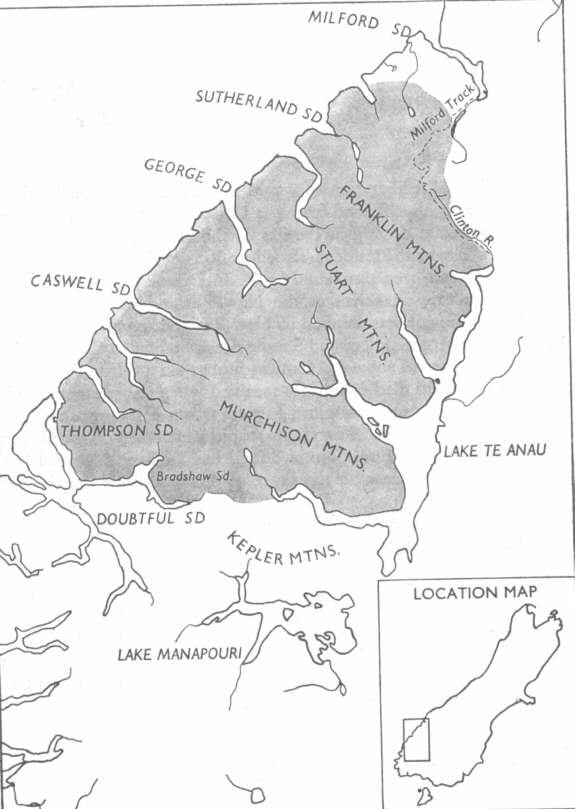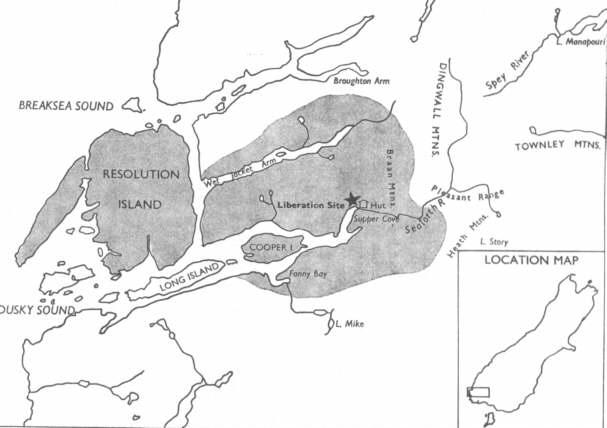Creatures of Fiordland
In the lower southern reaches of South Island lies Fiordland National Park,
A place of mystry and beauty with many moods.
High rainfall, steep mountains and thick bush, tussock covered mountain tops,
This area provides some of the harshest conditions for even the more experienced hunters.
This is the home of the Wapiti

Wapiti - Cervus canadensis
Wapiti or Elk as they are know in the USA were released into george sound in around 1906.
The animals liberated here have stuck to the area and not ventured far, but have cross bred with the Red Deer which they compete with.
Wapiti unlike the Red deer bugle rather than roar,
The Wapiti bugle is between April and March.
A mature Wapiti bull can stand at 5 feet at the shoulder and weigh in at around 1000 lb, a cow will on average weigh in around 500lb.
The Wapiti is the largest of the round-horned deer in the world.

Moose - Alces alces andersoni
The inclusion of this animal may make alot of New Zealand Hunters laugh,
But it will be included anyway.
An attempt to introduce Moose into New Zealand was made in 1910
Into Dusky Sound in Fiordland.
Although many say the Moose is now extinct in New Zealand,
The thick bush can hide alot of scerets hopefully this is one of them.
Moose stand around 7 foot at the shoulder and weigh in at over 1000lb.
Why Moose never flourished in New Zealand it is not known,
The last report shooting of a Moose was in 1952,
with an antler spread of 45 1/2 inches.

This map shows what looks like a small area, but to the animals that live here it is full of places to hide within the thick bush and high steep mountains.
Maybe one day we will see the Moose return.